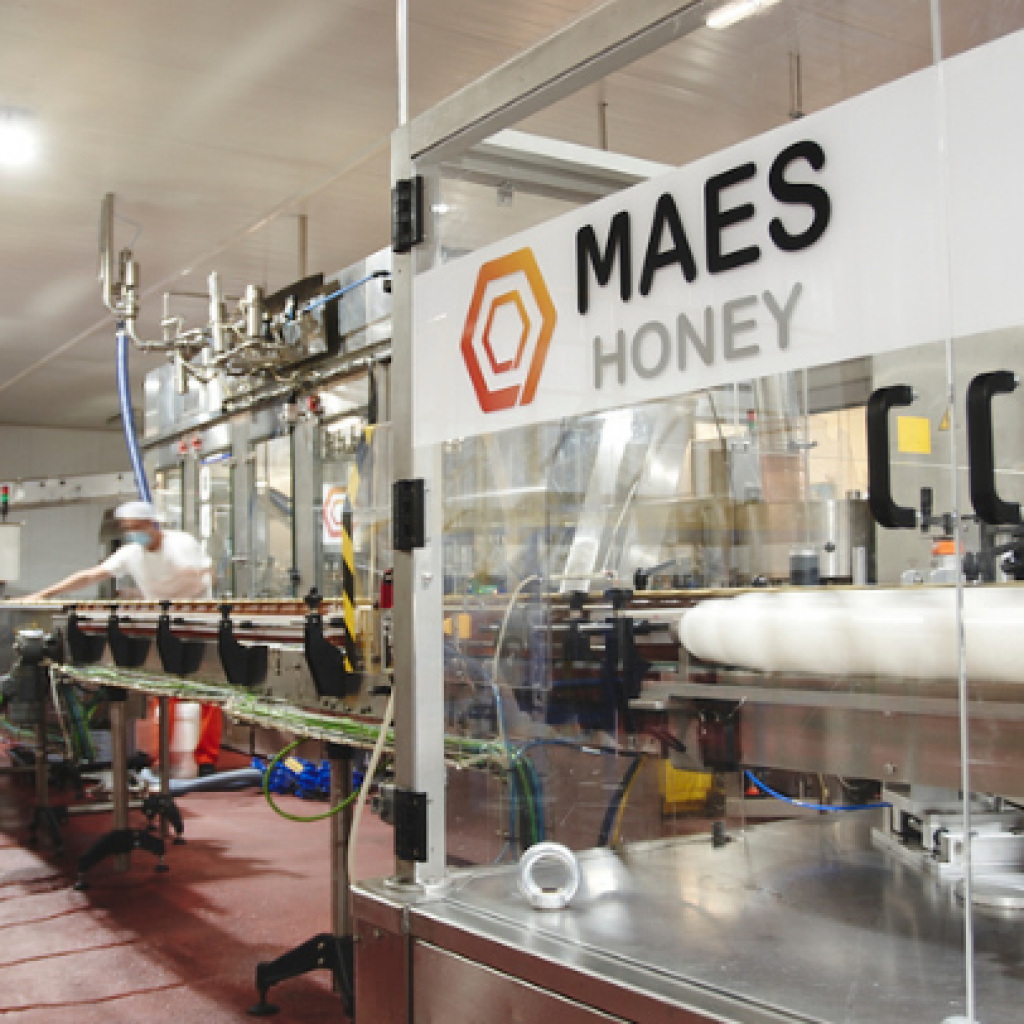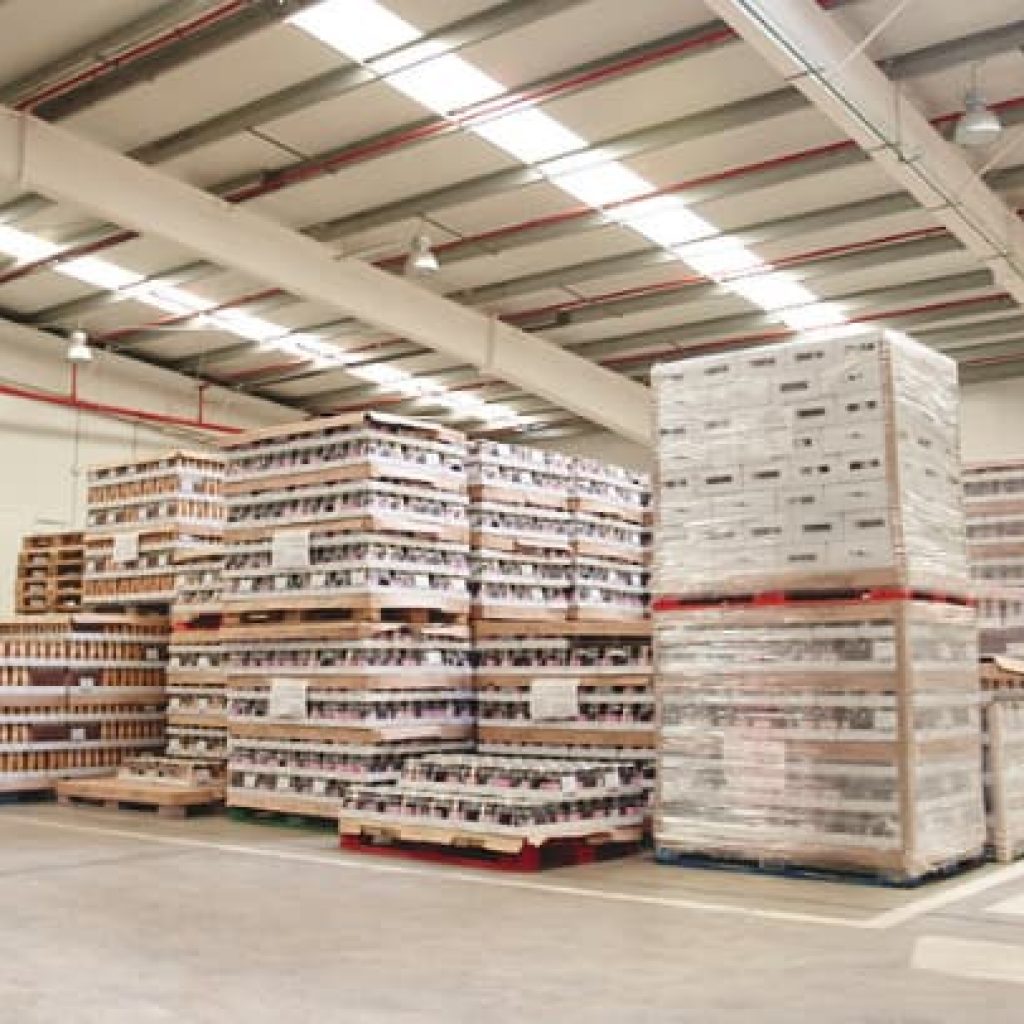The export and distribution of honey is a business in which MAES Honey has been working successfully for more than 100 years. From MAES Honey, honey is packaged and exported to all parts of the world.
Our company has become the largest exporter in the world.
Honey is a sweet food produced by bees from the nectar of flowers. It is incredibly popular all over the world and is used for various purposes. It is used in confectionery, as a sweetener, in medicine and as a health food. As such, it is a valuable commodity, the demand for which increases over the years.
Advantages of exporting and distributing honey
Exporting and distributing honey has a number of advantages. Firstly, it can help increase profits, as it allows producers to access a broader market and increase their customer base.
It also allows producers to access customers who cannot access their product locally. For example, a beekeeper in the United States may have access to customers in Europe and Asia who cannot access the same quality of honey locally.
The export and distribution of honey also has the potential to help promote the local economy by helping to create jobs and increase demand for local products.
This, in turn, can help stimulate the economy and create a more sustainable environment for business. In addition, the export and distribution of honey can help reduce the environmental impact of honey production, as it reduces the need for large-scale beekeeping operations.
Lastly, exporting and distributing honey can contribute to improving its quality, since it allows producers to access customers who demand higher quality products. This can help ensure that the honey produced is of the highest possible quality and enhance the reputation of the producer.

Honey market analysis
Before embarking on any adventure, it is important to know the honey market well. This means understanding the demand for honey, the types of honey available, and the different regulations and requirements that apply to the export and distribution of honey.
Regarding the demand for honey, it is important to know the different types of honey that are popular in different countries. For example, some countries prefer darker honeys, while others prefer lighter honeys. It is also important to know the different types of honey available, as this will help determine which types of honey are the most profitable.
Regarding regulations and requirements, it is important to know the different regulations and requirements that apply to the export and distribution of honey. For example, some countries may have different labeling and packaging requirements, as well as different regulations regarding the import and export of honey.
It is also important to know the different regulations regarding the payment of taxes and duties, since this can affect the profitability of the company.
Best practices for the export and distribution of honey.
To guarantee the success of the export and distribution of honey, it is important to follow the best practices. This includes understanding the regulations and requirements that apply to the export and distribution of honey, as well as understanding the different types of honey available and the demand for different types of honey in different countries.
It is also important to know the packaging and labeling requirements of different countries. This can help ensure that the honey is packaged and labeled correctly, which can help ensure that it will be accepted by customs. In addition, it is important to know the different taxes and tariffs that apply to the export and distribution of honey, since this can affect the profitability of the company.
Finally, it is important to know the different marketing strategies that can be used to promote the export and distribution of honey. This includes understanding the different types of customers interested in buying honey, as well as the different marketing strategies that can be used to reach these customers.

Creation of a honey export and distribution plan.
To guarantee the success of the export and distribution of honey, it is important to have a good plan. This plan should include a detailed analysis of the honey market, as well as an understanding of the different regulations and requirements that apply to the export and distribution of honey.
It should also include an understanding of the different types of honey available, as well as the demand for different types of honey in different countries.
The plan should also include an understanding of the different packaging and labeling requirements of different countries, as well as the different taxes and duties that apply to the export and distribution of honey.
Finally, the plan should include a detailed understanding of the different marketing strategies that can be used to promote the export and distribution of honey, as well as an understanding of the different types of customers who are interested in buying honey.
You may also be interested in:


